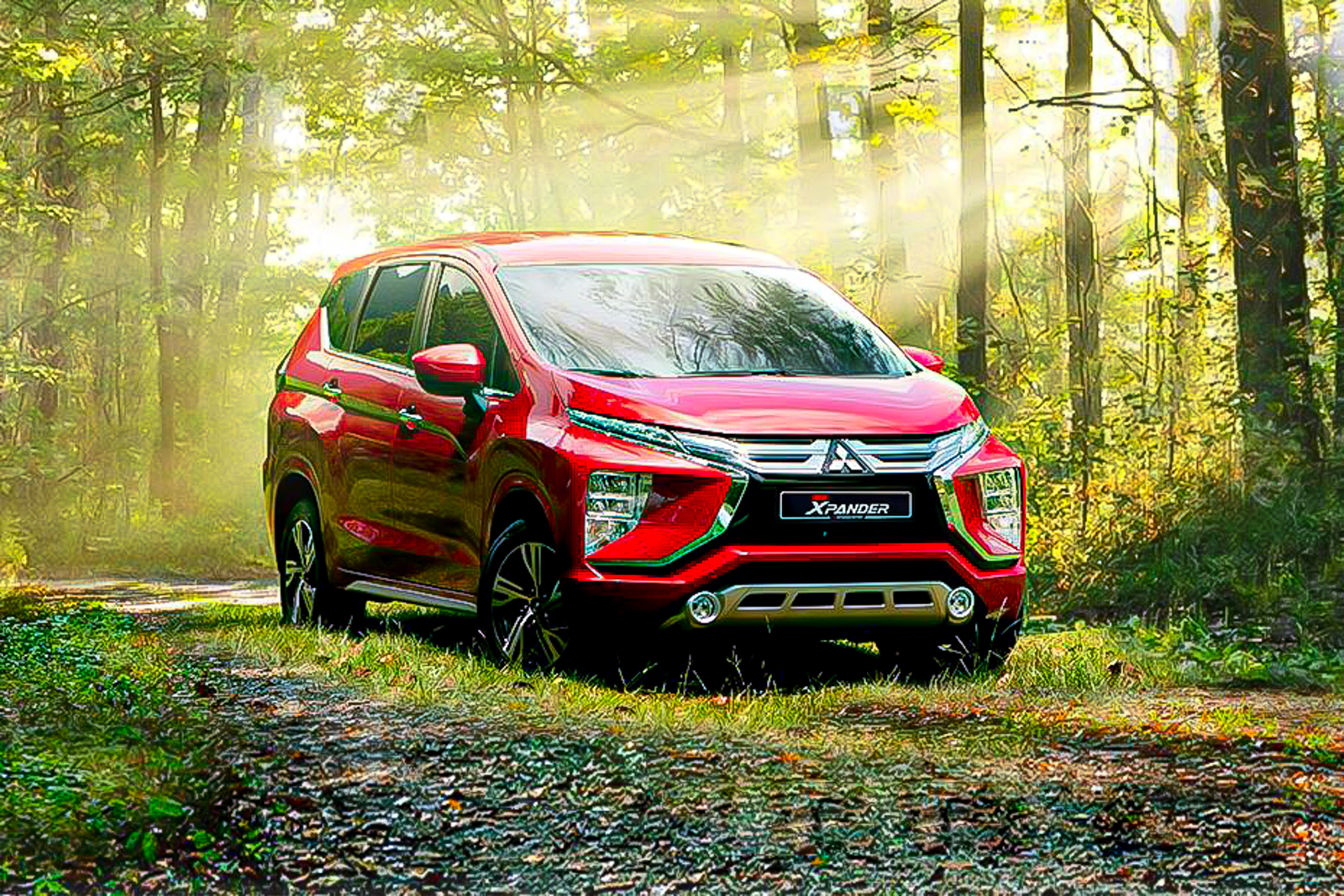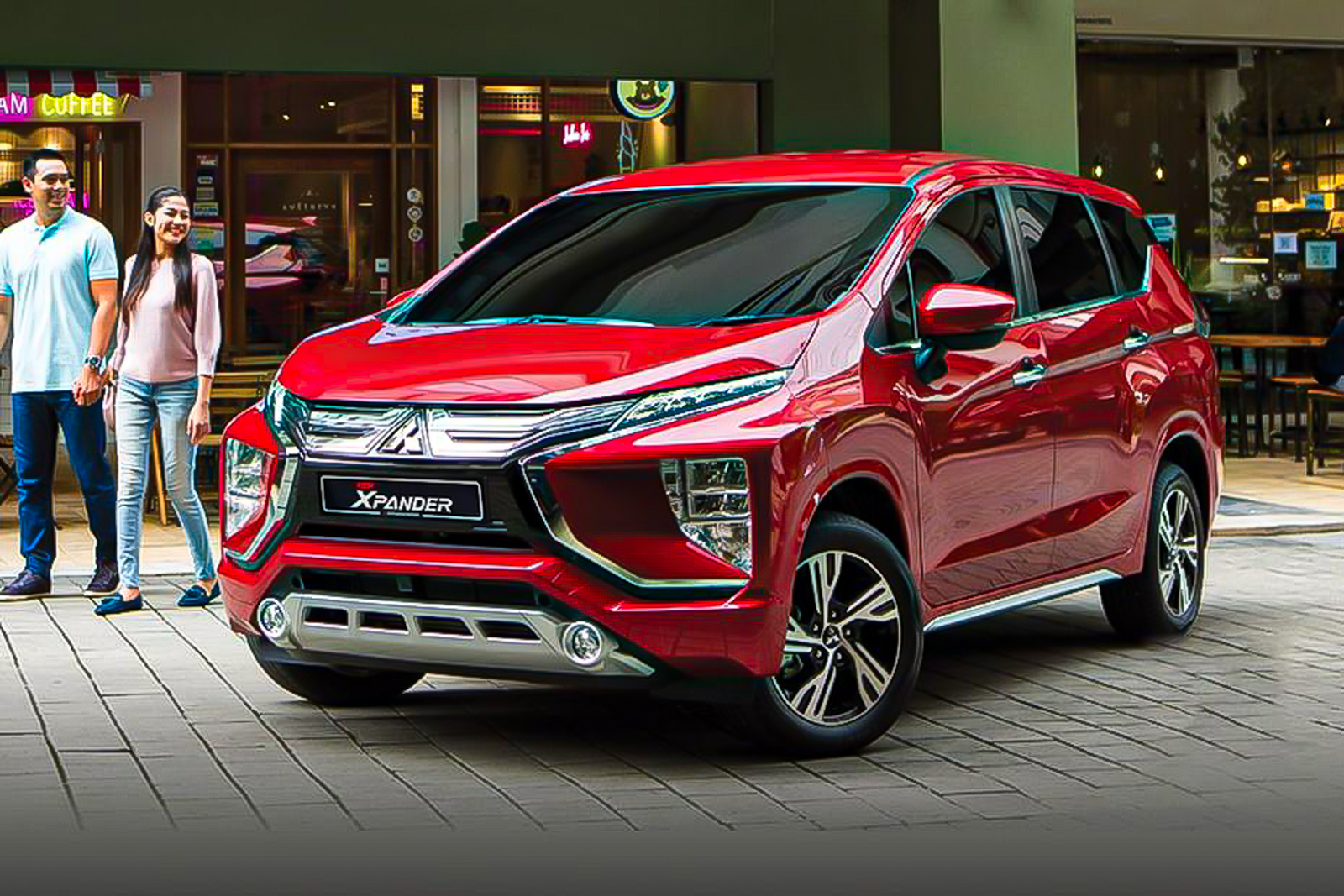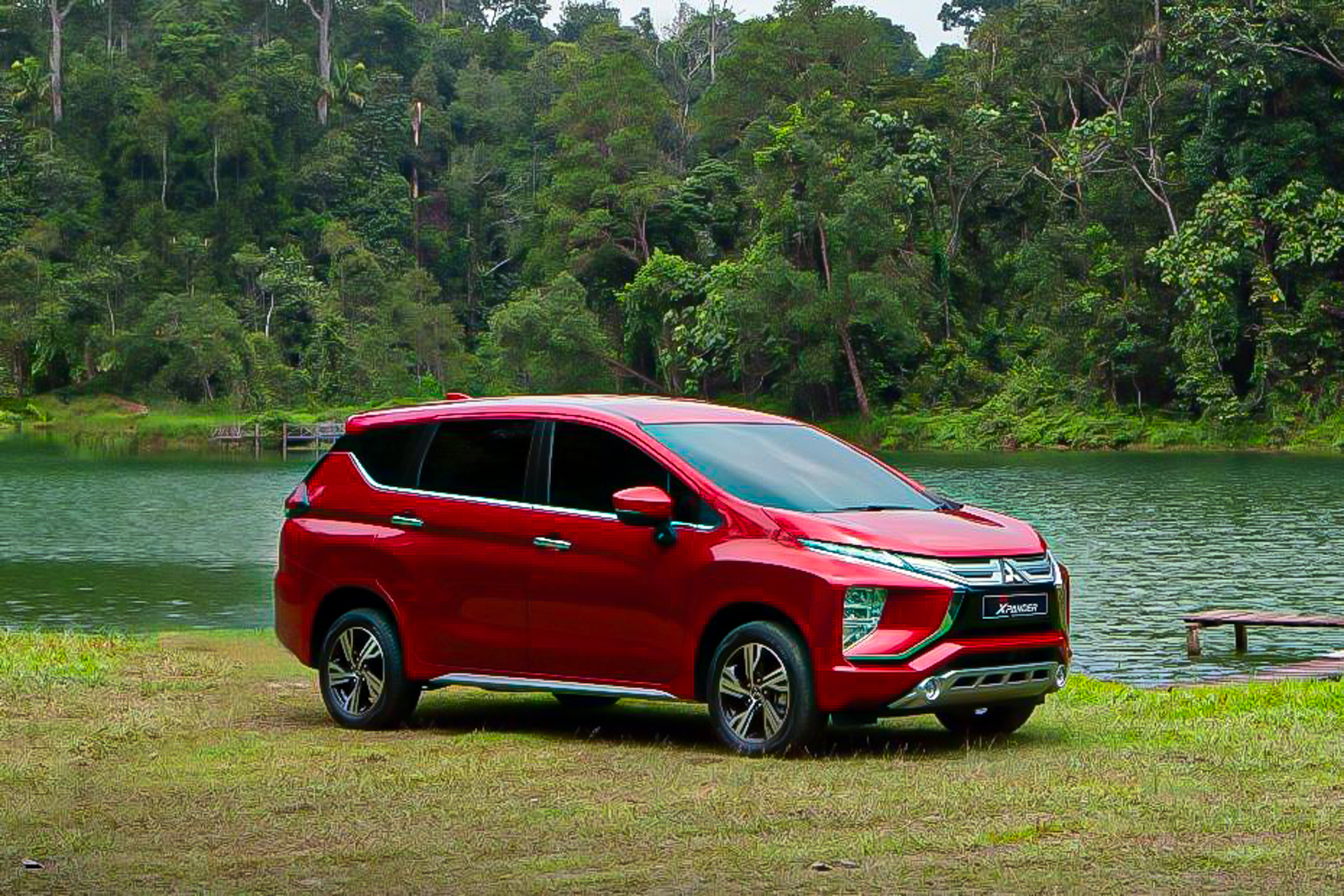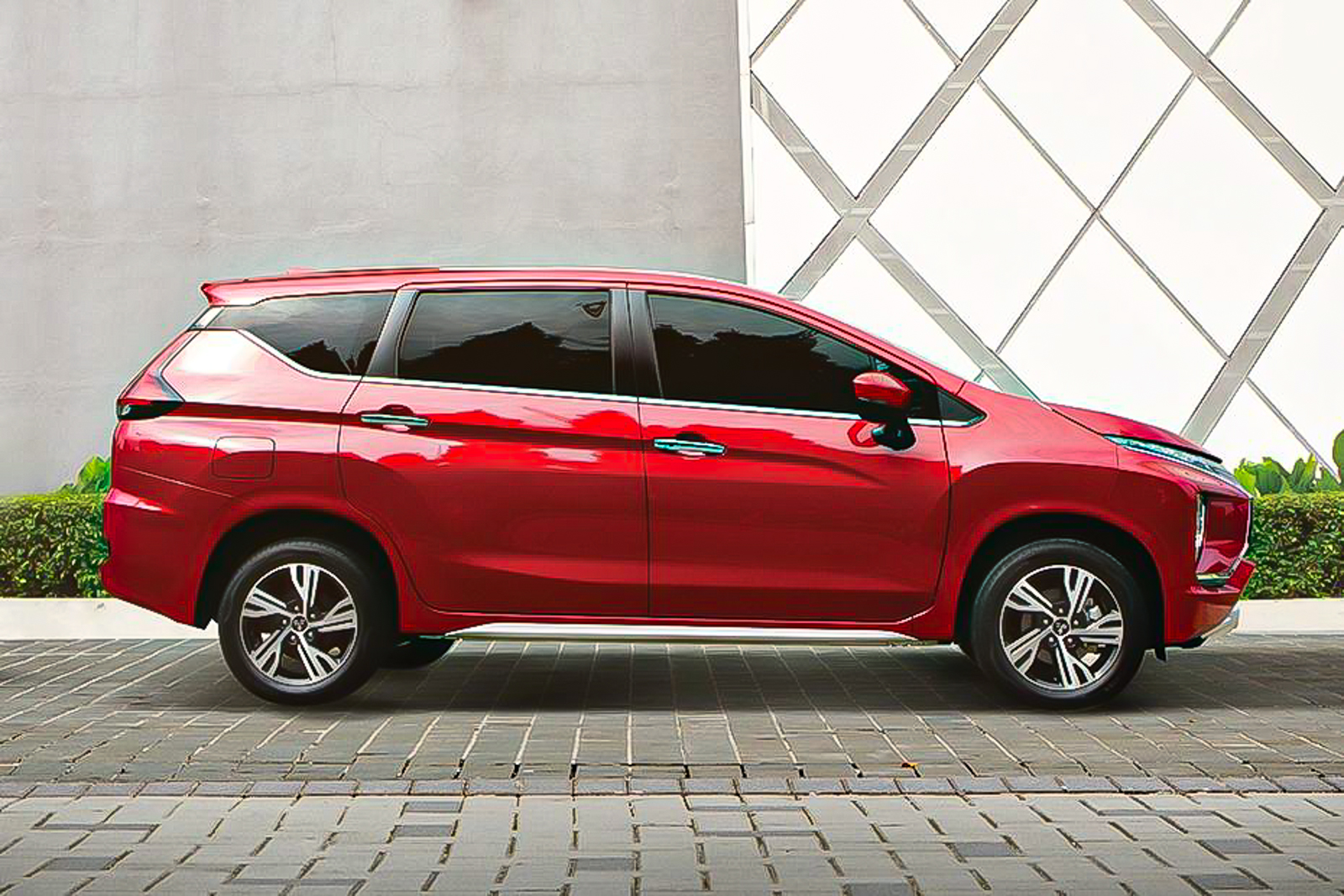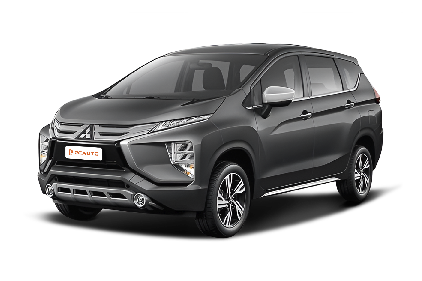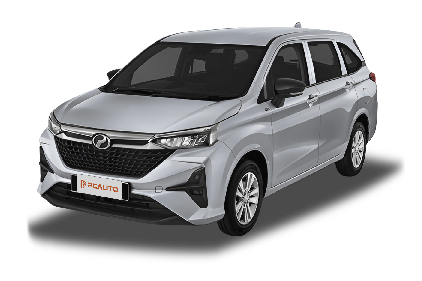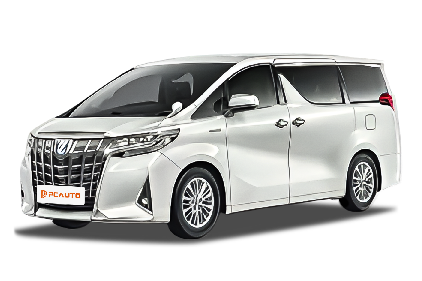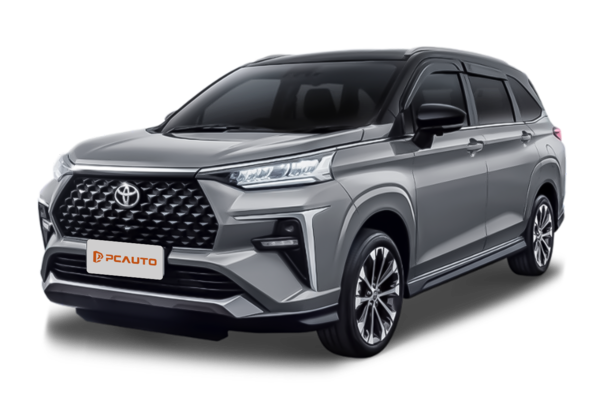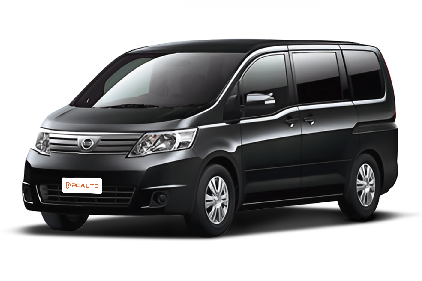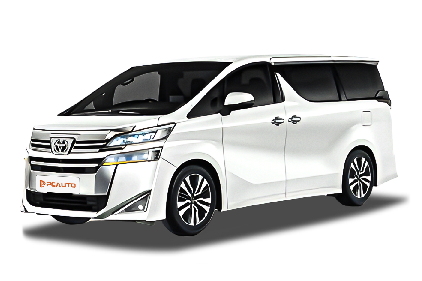Q
What engine is in the Mitsubishi Xpander 2023?
The 2023 Mitsubishi Xpander is powered by a 1.5-liter MIVEC four-cylinder naturally aspirated gasoline engine, delivering a maximum output of 105 horsepower and a peak torque of 141 Nm. It comes paired with either a 5-speed manual or a 4-speed automatic transmission. This engine prioritizes fuel efficiency and smoothness, making it ideal for daily family use. As a 7-seater MPV, the Xpander's engine is tuned to emphasize low-end torque, suiting city driving and load-carrying needs. It also features Mitsubishi's MIVEC variable valve timing technology, which optimizes power response and fuel consumption. Among its peers, many competitors like the Toyota Avanza or Honda BR-V also use naturally aspirated engines of similar displacement, but their tuning and technical focuses vary. The Xpander stands out for its high reliability and relatively low maintenance costs, appealing to practicality-minded consumers. For those seeking more power, Mitsubishi offers other models with turbocharging technology, but the Xpander is positioned more towards economy and practicality, targeting family users.
Q
How much is the new Xpander 2023?
The official price of the all-new 2023 Mitsubishi Xpander ranges from RM99,980 to RM111,980, depending on the variant, including the standard Xpander, the high-spec Xpander, and the Xpander Cross. All models are powered by a 1.5L MIVEC naturally aspirated engine paired with a 4-speed automatic transmission, delivering a smooth driving experience. The Xpander is known for its spacious 7-seater cabin and flexible interior layout, making it ideal for families. The addition of the new ADAS advanced driver assistance system further enhances driving safety. This MPV stands out for its value-for-money proposition in its class, especially appealing to consumers who prioritize practicality and comfort. When purchasing, you can also check out the promotional offers from different dealers, such as free maintenance services or low-interest loans. If you're interested in the Xpander, it's advisable to visit a nearby showroom for a test drive to experience its handling and space firsthand. You might also want to compare it with other models in the same category, like the Toyota Avanza or Honda BR-V, to make a more comprehensive buying decision.
Q
What size engine is in the Mitsubishi Xpander 2020?
The 2020 Mitsubishi Xpander is powered by a 1.5-liter MIVEC naturally aspirated petrol engine, model 4A91. This four-cylinder unit churns out 105 horsepower (77 kilowatts) and a peak torque of 141 Nm, paired with either a 5-speed manual or 4-speed automatic transmission. Its performance is ideal for daily family use, striking a good balance between fuel efficiency and reliability. This engine is widely used across multiple Mitsubishi models, boasting mature technology and low maintenance costs, making it well-suited for Malaysia's road conditions and climate. As a 7-seater MPV, the Xpander's engine is tuned to deliver strong low-end torque, perfect for city driving and carrying loads, aligning with the Southeast Asian market's preference for durability and practicality. It's worth noting that while naturally aspirated engines aren't as powerful as turbocharged ones, their simpler structure, easier maintenance, and lower long-term running costs are part of why the Xpander remains popular in Malaysia.
Q
How many seats are in the Mitsubishi Xpander 2020?
The 2020 Mitsubishi Xpander is a popular 7-seater MPV in the Malaysian market, featuring a 2+3+2 seating layout that can accommodate 7 passengers. The second-row seats fold down in a 60:40 split, while the third-row seats fold 50:50, offering flexible space configurations to meet different cargo needs. Under the hood, it's powered by a 1.5-liter MIVEC naturally aspirated engine, delivering 105 horsepower and 141 Nm of peak torque, paired with a 4-speed automatic transmission. It focuses on practicality and fuel efficiency, making it a great fit for family users. The Xpander also comes with basic features like a multifunction steering wheel and a touchscreen infotainment system. Its higher ground clearance (205mm) helps tackle some of Malaysia's rougher road conditions. Notably, the Xpander positions itself between compact MPVs and mid-size SUVs in the Southeast Asian market, competing with models like the Toyota Avanza and Honda BR-V. However, its unique exterior design and Mitsubishi's reputation for durability make it a top choice for many consumers.
Q
What is the ground clearance of the Xpander 2020?
The 2020 Mitsubishi Xpander has a ground clearance of 205mm, a design that makes it perform exceptionally well on Malaysia's diverse road conditions, handling both city driving and occasional country roads with ease. The higher ground clearance not only improves the vehicle's off-road capability but also effectively prevents the undercarriage from scraping on rough roads, making it particularly suitable for water accumulation section that may appear during Malaysia's rainy season. Ground clearance is one of the key indicators for measuring the practicality of SUVs and MPVs; models typically ranging between 180mm and 220mm can balance comfort and off-road performance. As a 7-seater MPV, the Xpander maintains a spacious interior while also focusing on optimizing the chassis height, giving it a competitive edge among models in its class. For Malaysian consumers, choosing a model with appropriate ground clearance is especially important, as it directly relates to the convenience and safety of daily driving, especially when dealing with areas with poor road conditions.
Q
What is the fuel consumption of the Mitsubishi Xpander Cross 2020?
According to official figures, the 2020 Mitsubishi Xpander Cross has a combined fuel consumption of approximately 6.5 to 6.9 liters per 100 kilometers, though the actual numbers can vary depending on driving habits, road conditions, and vehicle load. It’s powered by a 1.5-liter MIVEC naturally aspirated engine paired with a 4-speed automatic transmission, delivering smooth power and decent fuel efficiency—perfect for Malaysian family daily use. For owners looking to cut fuel costs further, regular vehicle maintenance, keeping tire pressure at the recommended level, and avoiding aggressive driving like sudden acceleration or hard braking can all help boost fuel efficiency. Plus, as a crossover MPV, the Xpander Cross doesn’t just shine in fuel economy; it also offers generous interior space and a higher ground clearance, making it ideal for Malaysia’s varied road conditions. Whether you’re commuting in the city or heading out for a weekend getaway, it handles it all with ease.
Q
How much is Mitsubishi Xpander Cross?
From what we're seeing official-wise in Malaysia, the Mitsubishi Xpander Cross is priced roughly between RM 99,980 and RM 107,980. Now, that figure can vary a bit depending on the spec you go for, any ongoing promotions, or even which part of the country you're buying in. Slotting in as a crossover MPV, this thing blends SUV-like styling with the practical, people-carrying space you'd expect from an MPV. Under the hood, you're looking at a 1.5L MIVEC engine paired with a 4-speed auto gearbox. Safety kit includes Mitsubishi's Active Stability Control (ASC) and Hill Start Assist (HSA) – all the good stuff that makes it a solid pick for families or folks who need a vehicle that can do a bit of everything.
In the Malaysian market, the Xpander Cross is up against the likes of the Toyota Rush and Perodua Aruz. But where it really stands out? That would be the more generous third-row legroom and that healthy 220mm ground clearance – handy for tackling some of our more interesting local road conditions, let's be honest.
If you're looking to pick one up, keep an eye on Mitsubishi's official channels or your local authorized dealers for the latest deals. Sometimes they've got sweet financing offers with low interest rates or even free maintenance packages thrown in. And don't forget to compare specs to get the best bang for your buck. The higher trim levels, for example, might hook you up with LED headlights, leather seats, and a touchscreen infotainment system – all pretty useful upgrades.
Q
What kind of car does Mitsubishi Xpander belong to?
The Mitsubishi Xpander is a seven-seat MPV (Multi-Purpose Vehicle) tailored for family use, primarily targeting Southeast Asian markets like Malaysia. It's designed to blend practicality with comfort, making it a solid pick for family outings or when you need to carry a bunch of people.
The Xpander goes for a crossover-inspired look, and that higher ground clearance actually comes in handy – it gives it better go-anywhere ability, which is pretty useful given Malaysia's mix of road conditions. Inside, the space is flexible too; fold down the third-row seats, and you've got yourself a decent-sized boot for all your gear.
Under the hood, you'll find a 1.5-liter MIVEC naturally aspirated engine, paired with either a 4-speed automatic or 5-speed manual gearbox. Mitsubishi's focused here on fuel efficiency and that tried-and-tested reliability they're known for.
In Malaysia, the Xpander has become a hit with families, and it's easy to see why. It offers good value for money, comes with practical features like a touchscreen infotainment system and a multi-function steering wheel, and let's not forget Mitsubishi's reputation for building tough, long-lasting vehicles.
Sure, it faces competition from the likes of the Toyota Avanza and Honda BR-V in the same segment, but the Xpander manages to stand out with its unique exterior styling and well-rounded performance. For Malaysian buyers shopping for an MPV, key considerations usually boil down to space, budget, and how they'll actually use the car. The Xpander does a nice job of balancing all those factors, cementing its place as a crucial model for Mitsubishi in the Southeast Asian market.
Q
When was Mitsubishi Xpander launched?
The Mitsubishi Xpander made its global debut at the Indonesia International Motor Show back in August 2017, before hitting Malaysian shores in 2018 and quickly becoming a hit in the local 7-seater MPV segment. What won over Malaysian families was its unique blend of crossover SUV styling with MPV practicality, a roomy and versatile interior layout, and that handy 2+3+2 seating configuration. Under the hood, you've got a 1.5-liter MIVEC naturally aspirated engine, paired with either a 4-speed automatic or 5-speed manual gearbox. It's no rocket ship, but the power delivery is smooth and more than adequate for daily family duties.
Mitsubishi offers the Xpander in Malaysia with three trim levels: ACTIV, ULTIMATE, and PREMIUM. Even the base spec comes nicely equipped with LED daytime running lights and a touchscreen infotainment system, while the higher grades add creature comforts like leather seats and power-folding side mirrors. As a key strategic model for Mitsubishi in Southeast Asia, the Xpander later spawned the Xpander Cross variant. This ups the ante with sporty body cladding and increased ground clearance, leaning even harder into that crossover vibe and helping it stay competitive in Malaysia's mid-priced 7-seater market.
Q
How to drive a Mitsubishi Xpander with an automatic transmission?
Driving the Mitsubishi Xpander with automatic transmission is a breeze, perfect for both city streets and suburban roads around Malaysia. First off, make sure the gear's in P (Park), hit the brake pedal and fire up the engine. Then shift from P to D (Drive), release the handbrake, and gently press the gas to get moving smoothly. In heavy traffic, just stay in D or pop it into N (Neutral) briefly when waiting—but avoid coasting in N for too long, as it can mess with the gearbox over time. When pulling away on hills, the hill-start assist has your back to stop any rollback. When parking, step on the brake, shift back to P, engage the handbrake, and then switch off the engine.
The Xpander's CVT gearbox is all about smooth shifts and good fuel economy—so don't forget to check the transmission fluid regularly to keep it running at its best. Malaysia's rainy season? Flip it into L (Low) gear to get better traction on muddy roads. The idle-stop system helps save fuel too, but if you're stuck in stop-and-go traffic like in KL, you might want to turn it off manually for a more relaxed drive. Easing off the gas and avoiding sudden hard braking will also help the gearbox last longer. And with its 7-seater setup, it's ideal for family trips—just make sure you distribute the weight evenly to keep the ride balanced.
